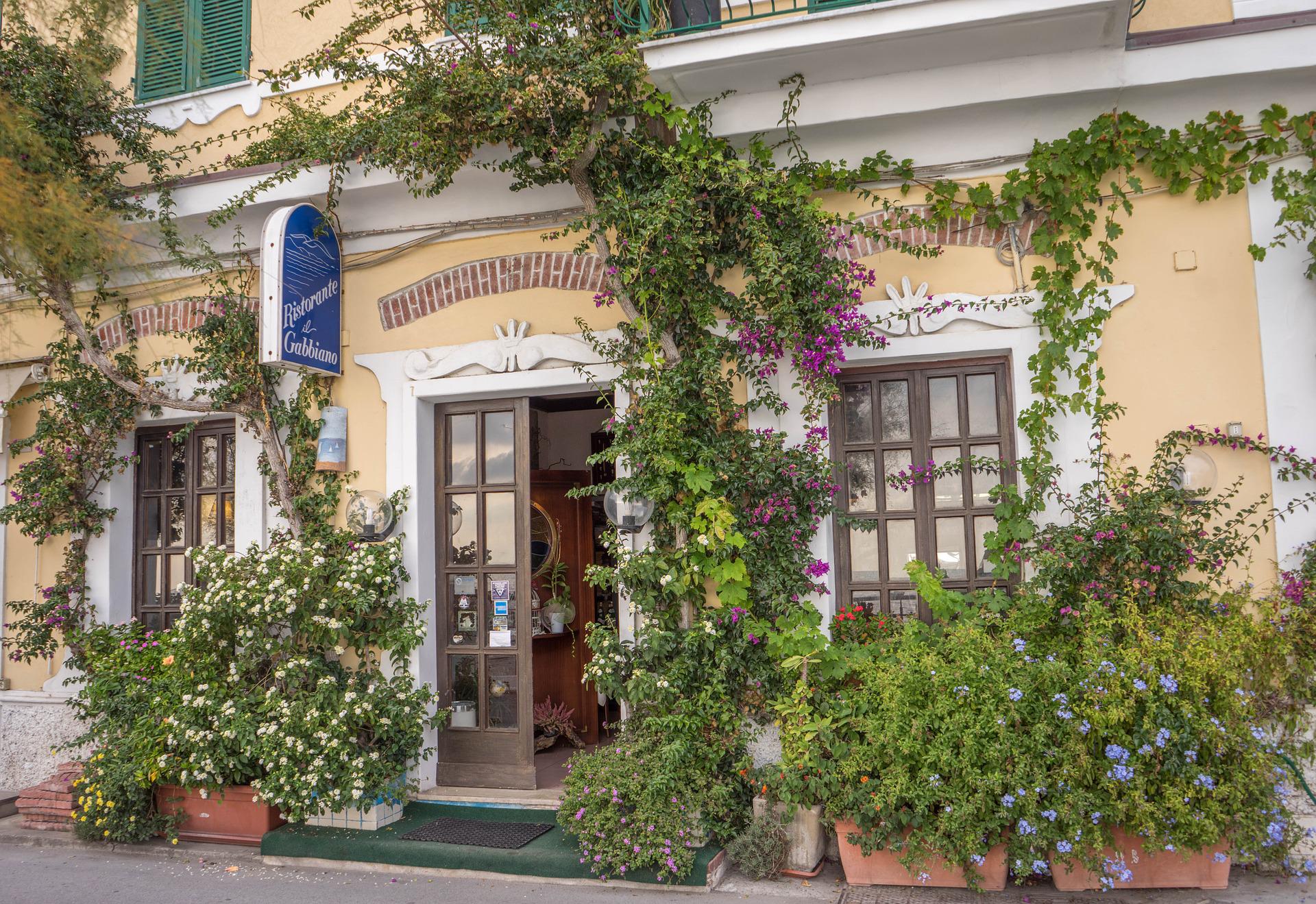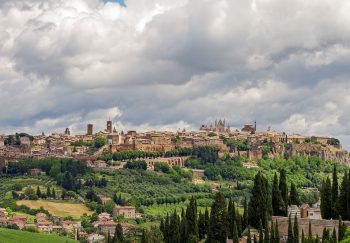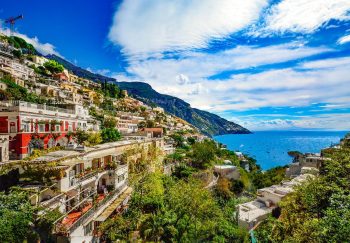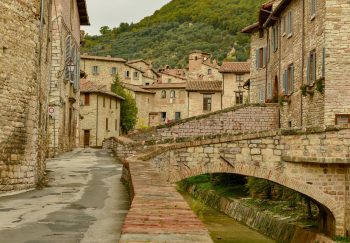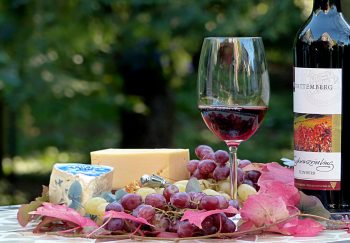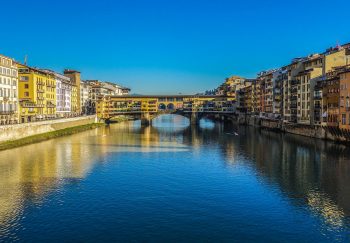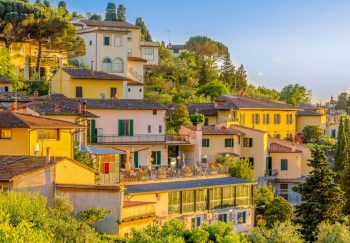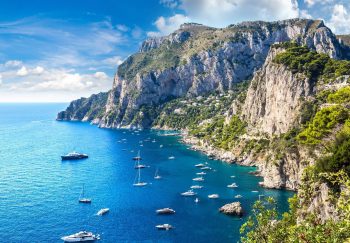The Cinque Terre, Portofino, and Genoa are all located in the region of Liguria. It is home to some of the most delicious Italian food, including pesto Genovese and minestrone. Liguria lies on the coast so seafood and fish are an important part of the local diet. Many of the famous dishes and recipes from the region were created or eaten by fishermen or ships.
Are you not a huge seafood lover? Don’t worry! You don’t have to worry!
You want to get the most out of your dining experience when you travel through the Cinque Terre and other parts of Liguria. These are the food options you should look out for!
Focaccia: Ah, focaccia! This Ligurian bread is well-known all over the globe. It can be eaten on its own or topped with sauces. It’s flattened bread, similar to a pizza without tomato sauce. You can flavor it with olive oil, salt, cheese, or sausage. It’s street food so you don’t have to eat it at a restaurant.
Paniccia Paniccia is made with chickpea flour. It’s hot and delicious. It’s more like polenta, but it’s still soft.
Farinata Farinata, another street food from Ligurians, is bread made with chickpea flour. Olive oil and other flavors (often rosemary, onion, or garlic) can be added to focaccia. It is best to eat it hot and straight out of the oven.
Latte Brusco Also known as “frittura di Crema”, this dish involves browning onion and parsley, adding milk, flour, and egg yolks to the mixture, and then letting it cool down before you dip it in egg whites and bread crumbs and finally deep-frying it in olive oil. It’s delicious hot and a great snack for cold days!
Carciofi violetti Rome is not the only place that’s famous for its artichokes.
Minestrone Legend has it that this famous soup was created in Liguria. However, we don’t know for sure. According to the legend, soldiers from Genoa who were serving in the First Crusade made a meal from vegetables and herbs they got from the community, then cooked the soup in their army helmets. It’s possible that it is true, but it’s a great story!
Ciuppin Have you ever heard of “cioppino?”? It’s an Italian-American dish that originated in California, and it is based on Genoa ciuppin. The original recipe was created by fishermen from Liguria to make use of fish that were too small to sell. It’s a delicious soup made from slow-cooked fish that can be cooked for up to 2 hours. The tomato content is also lower than the Italian-American version.
Cappon Magro: This dish looks like a simple salad… but it’s a lot more complicated! These biscuits are hard-tack (yes, it’s a relic from Liguria’s seafaring days) and are soaked in olive oils and salt water. Then they are layered in a pyramid. This takes some skill and balance. It’s made with fish, eggs, shellfish, olives, eggs, and topped with a sauce with anchovies or capers. This is a traditional Christmas Eve dish.
Ravioli (or stuffed pasta) are believed to have originated in Liguria, specifically in Novi Ligure. Although it is not clear if this is true, we know that ravioli was served to sailors. This is because leftovers from a meal aboard would be chopped, mixed together, and then stuffed into pasta envelopes and served at the next meal.
Ravioli Alla Genovese This “Genovese” ravioli is one of the many types you will find in Liguria. It’s stuffed with veal and egg, Parmesan cheese, and chard. This is all part of Liguria’s cucina povera. In which nothing would go to waste, it’s all part of Liguria.
Pesto al Genovese We love Liguria’s basil pesto so much that we wrote an entire post about pesto geneves as well as how to make pesto at your home. There are many types of pesto in Italy, but pesto alla generese is the most well-known. It’s D.O.P. It is D.O.P. protected. This means that it must be prepared in a specific way with certain ingredients (including D.O.P. Basil from Genoa, to be considered the “real deal.” It must be made in a very specific way with certain ingredients (including D.O.P.
Pesto bianco: This is another type of pesto that you will find in Liguria, besides the pesto all generous! It is a paste made from walnuts, fresh ricotta, and olive oil.
Crema Ai Pinoli: Another pasta sauce from Liguria. This one is made with pine nuts, garlic butter, fresh marjoram, and butter. It is especially popular in Genoa where it can be found on corzetti.
Tocco de funghi: Fresh porcini mushrooms, abundant in Liguria, are prepared with butter, garlic, butter, oil and the ubiquitous pine nuts. It is usually served with risotto, pasta or a combination thereof.
Torta Pasqualina: If you love pastry and your greens, this dish is for you. The pastry is filled with a mixture of green chard and ricotta. The filling is then indented with butter and eggs. The number of pastry layers should be 33. Sound random? It sounds strange?
Cima All Genovese This local specialty is for the adventurous and involves stuffing a breast with veal. Does that sound like business as usual? It is until you see the contents of the stuffing. Artichokes, breadcrumbs, Parmigiano Reggiano cheese, eggs… and sweetbreads. Brains, udders, bone marrow, and even the testicles are all included.
Pacciugo A bitter-chocolate ice cream that hails from the region near Portofino. It contains whipped cream, fresh fruits, cherries, and a coulis made of strawberry or raspberry. It was first created in the 1930s and quickly became a hit with tourists to Portofino.
Focaccia Castelnovese A Christmas and Easter tradition, this bun is made from cornmeal and olive oil.
Ravioli dolci: Like ravioli, but not! These sweet ravioli are made with sweet egg dough and filled with pesto of candied squash, citron, beef marrow, and citrus peel.
Meringhi Genovesi Cake soaked in rum, filled with apricot jelly, and topped off with vanilla meringue. This is the perfect cake for those with a serious sweet tooth!
Pangolce: This literally means “sweet bread”, but it is not what you think. It is a cake and not an offal. It might sound familiar because we have written about pandolce before. Legend has it that Andrea Doria (16th-century Doge of Genoa) invited Genovese chefs and asked them to submit recipes for food that would reflect the Republic’s wealth as well as be nutritious, durable, and suitable for long sea voyages. It is dense and crumbly and full of spices and candied fruit, so it is usually eaten only at Christmas.
